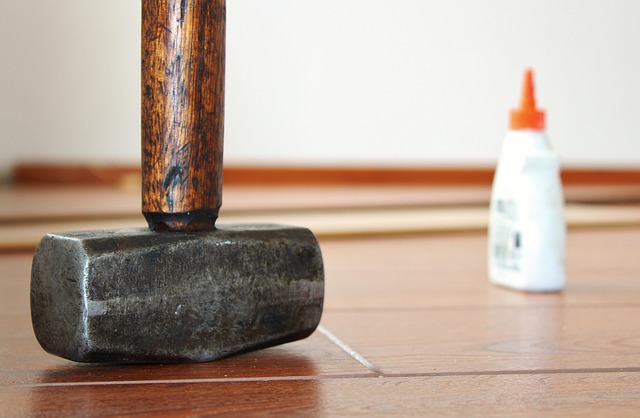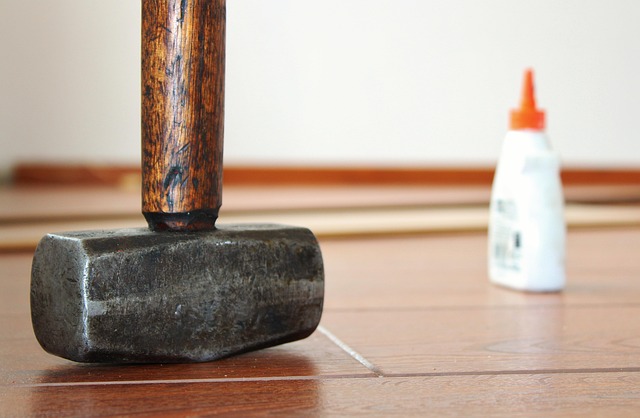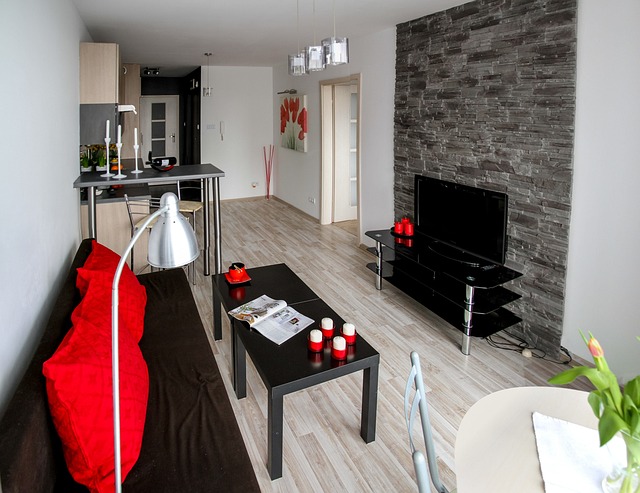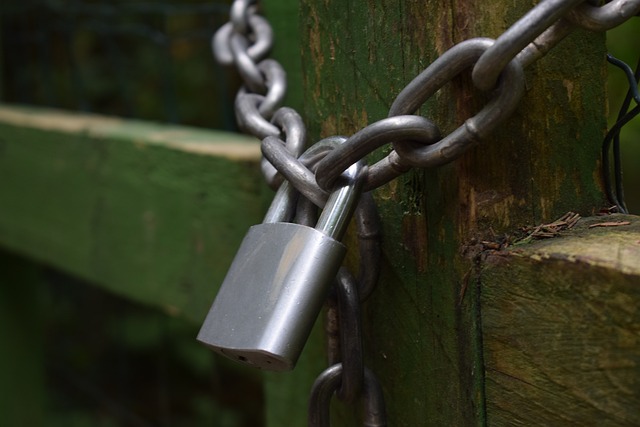Sagging floors require structural repairs with sustainable solutions like Glue Laminated (GL) beams, offering superior strength, reduced waste, and efficient installation. Known for their stiffness and versatility, GL beams enhance design flexibility while minimizing environmental impact. Advantages include cost-effectiveness, quick installation, and long-lasting structural integrity, making them ideal for various architectural needs.
“Are you facing the challenge of a sagging floor? Don’t panic! This comprehensive guide will teach you how to fix it using glue laminated beam repairs, a powerful and durable solution. Sagging floors can be caused by various factors, but with the right approach, you can restore your home’s stability.
Glue laminated beams offer exceptional strength and longevity, making them an ideal choice for repair. This article explores the benefits of this method, provides a step-by-step guide, and offers tips for material selection and maintenance to ensure your floor remains strong and robust.”
- Understanding Sagging Floors: Common Causes & Effects
- Introduction to Glue Laminated Beams: Strength & Durability
- Advantages of Glue Laminated Beam Repairs for Sagging Floors
- Step-by-Step Guide: Installing Glue Laminated Beams
- Choosing the Right Materials for Optimal Results
- Maintenance & Prevention: Keeping Your Floor Strong After Repair
Understanding Sagging Floors: Common Causes & Effects

Sagging floors are a common issue that can have various causes, from structural damage to improper construction or settling of the building over time. One of the most significant effects is the compromise in structural integrity, which can lead to unsafe living conditions and increased risk of further damage. Weakened floor systems may also result in uneven flooring surfaces, affecting the overall aesthetics and comfort of a space.
The primary cause of sagging is often related to issues with the supporting beams beneath the floor. Over time, these beams might become damaged, rotten, or weakened due to various factors such as water intrusion, termite infestation, or excessive load-bearing pressure. Traditional repair methods may involve replacing entire sections of the floor system, which can be costly and disruptive. Here’s where the advantages of Glue Laminated Beams (GL beams) come into play. GL beams offer a sustainable and efficient solution for repairing sagging floors, particularly in commercial architecture. By using locally available materials, fabricators can reduce material waste with GL beam fabrication, making it an eco-friendly option. Visit us at 18 Clifton St, Unadilla, NY 13849 anytime to learn more about how this innovative technique can address your floor repair needs effectively.
Introduction to Glue Laminated Beams: Strength & Durability

Glue laminated beams (GL beams) offer significant advantages when it comes to structural repairs and reinforcement, especially for sagging floors. Known for their exceptional stiffness and strength gains from gluing wood beams together, GL beams are ideal for creating long span structures made possible by glulam technology. This innovative construction method combines multiple smaller pieces of wood into a single, lightweight yet robust beam. The result is a highly efficient and versatile material that can be easily customized to fit various architectural needs.
Unlike traditional building methods, GL beams provide excellent structural integrity while minimizing weight, making them perfect for modern construction projects. Their ability to span longer distances without support enhances design flexibility, enabling open-concept layouts and more creative interior spaces. For those looking to restore sagging floors or enhance existing structures, the advantages of glue laminated beams are evident. Visit us at unalam.com to learn more about how GL beam technology can benefit your construction or repair project.
Advantages of Glue Laminated Beam Repairs for Sagging Floors

Glue laminated beam repairs offer several advantages for fixing sagging floors, making them an attractive and sustainable solution for homeowners and builders alike. One of the key benefits is their structural integrity; these beams are designed to handle significant weight and distribute it evenly across the floor system. This makes them ideal for reinforcing old or damaged flooring, ensuring a sturdier and safer walking surface.
Additionally, GL beams streamline the construction process with their pre-fabricated nature. The ease of assembly allows for quicker installation, reducing labor costs and project timelines. Furthermore, these beams promote environmental sustainability with reduced material waste during fabrication compared to traditional beam construction methods. For eco-conscious projects, glue laminated beams provide a strong and cost-effective option, making them an excellent choice for both residential and commercial settings. If you’re considering GL beam repairs, give us a call at (607) 369-9341 for expert guidance.
Step-by-Step Guide: Installing Glue Laminated Beams

Installing Glue Laminated Beams is a structured and efficient approach to repairing sagging floors, offering several advantages that make it a preferred choice among professionals. Here’s a step-by-step guide to ensure a successful transformation:
1. Assessment: Begin by evaluating the extent of damage to identify the exact locations requiring GL beam repairs. This involves careful inspection to pinpoint weak spots and assess structural integrity.
2. Preparation: Once identified, prepare the area by clearing any debris or obstructions. Ensure the floor surface is clean, dry, and free from contaminants that could interfere with adhesion. It’s crucial to create a smooth base for optimal bonding.
3. Measure and Cut Beams: Using precise measurements, cut glue laminated beams to fit perfectly within the designated areas of the sagging floor. Pre-fabricated GL beams are readily available in various sizes, ensuring quick installation and reduced construction time.
4. Installation: Position the GL beams securely at the required intervals, aligning them with structural supports. The use of advanced lamination techniques, such as those found on unalam.com, not only enhances structural strength but also contributes to a reduced carbon footprint. Secure the beams firmly in place using appropriate fasteners, ensuring stability and longevity.
5. Sealing and Finishing: Apply a suitable sealant or adhesive to fill any gaps between the GL beams and the floor surface, enhancing water resistance and overall durability. With fire-retardant glulaminated beams, you gain an added layer of safety, making them ideal for various architectural applications.
Choosing the Right Materials for Optimal Results

When repairing sagging floors with glue laminated beam repairs, selecting the right materials is paramount for achieving optimal results. High-performance glue laminated beams offer numerous advantages in modern engineering, including superior structural integrity and longevity. These beams are designed to withstand dynamic environments, making them a resilient and adaptable solution—a testament to their durability.
The local availability of materials for glue laminated construction further enhances their practicality. By choosing GL beams, you ensure a sturdy fix that can support heavy loads without compromising on aesthetics or functionality. For all your sagging floor repair needs, give us a call at (607) 369-9341 to learn more about how this innovative technology can transform your space.
Maintenance & Prevention: Keeping Your Floor Strong After Repair

Regular maintenance and preventive measures are key to keeping your newly repaired floors strong and durable. After gluing in new glue laminated beams, ensure that you regularly inspect for any signs of wear and tear, such as loose joints or structural shifting. A simple visual check can help catch these issues early on, preventing more severe damage down the line.
One of the major advantages of glue laminated beams is their ability to provide stiffness and strength gains, which significantly improves overall floor stability. To maintain this benefit, it’s crucial to keep your beams free from excessive moisture, as this can weaken the glue bond. Additionally, proper ventilation and regular cleaning can help reduce material waste associated with GL beam fabrication, making them a sustainable choice for both residential and commercial architecture. For expert advice and guidance, visit us at 18 Clifton St, Unadilla, NY 13849 anytime.
Sagging floors can be a significant issue, but with glue laminated beam repairs, there’s an effective and durable solution. By understanding the causes of sagging and the benefits of this method, you can transform your weak floor into a sturdy structure. Following the step-by-step guide and choosing the right materials ensures a successful repair. Maintaining and preventing future problems is key to keeping your floor strong and safe for years to come, making glue laminated beams a top choice for lasting results.














